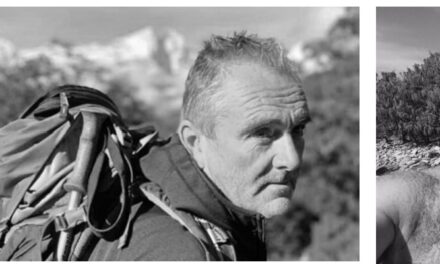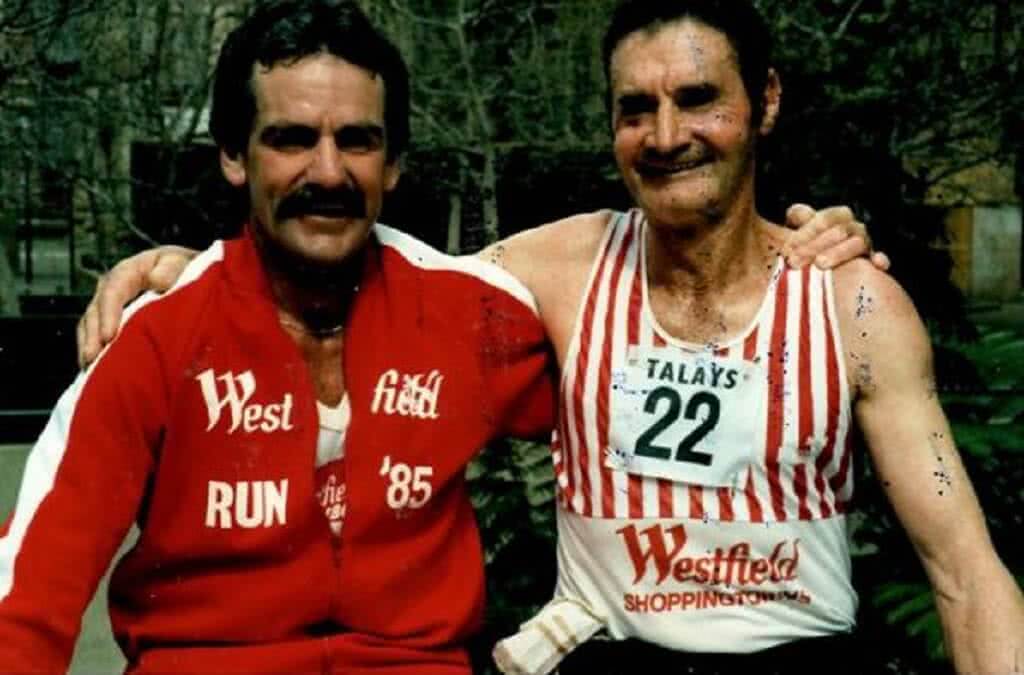This content has been archived. It may no longer be relevant
If Canberra had engaged with the Kokoda Track Foundation (KTF) and pioneering Kokoda tour operators when Frontier Resources announced the opening of their $8 billion goldmine near the Kokoda Trail in the mid-1990s the outcome for traditional subsistence village communities and our shared wartime heritage would have been remarkably different for the better.
We now know Frontier Resource had agreed to invest $100 million for development of the Kokoda Trail and for education during the 10-year life of the mine as part of the deal.
As it transpired villagers received nothing as a result of Canberra’s intervention in a legal action to halt the mine.
If there had been informed discussion between Frontier Resources, landowners, tour operators, the Kokoda Track Authority (KTA) and Canberra regarding the management of Trail, which was emerging as PNGs most popular tourism destination, it would have been a positive outcome for all parties.
And if Canberra had used the template for the Strategic Plan we developed in 2006 they would have focused their attention on the wartime heritage of the Kokoda Trail and the engagement of village communities rather than their failed attempt to fund a World Heritage listing which would have permanenly ceded responsibility for their most popular tourism destination to a foreign United Nations agency.
Since Canberra assumed responsibility for the management of the Kokoda Trail under a ‘Joint Understanding’ signed in 2008 trekker numbers have fallen by 42 percent which has resulted in a cumulative loss of some $19 million K50 million) in forgone wages, campsite fees and local purchases for villagers.
Today, the management system Canberra imposed has collapsed – nobody knows where the $6 million (K12 million) the KTA has collected for trek permit fees has gone because it has never published an annual financial report since their officials took control.
So after 16 years under their watch the ‘law of the jungle’ continues to prevail as there are no rules:
- It is still not possible to even book a campsite;
- there has been no investment in any significant battle sites to enhance the value of the pilgrimage;
- there is still not a single hygienic toilet across the entire 138 km length of the Trail;
- there is no welfare protection for village guides and porters who are overloaded, underpaid, and poorly equipped; and
- villagers are now mere spectators to a passing parade of trekkers because they have never been taught or equipped to earn additional income by providing goods and services to meet their needs.
This management dysfunction could have been avoided if Canberra had continued the process of village-based workshops and primary stakeholder engagement used by the Kokoda Track Foundation to develop their Strategic Plan when it was presented to them in 2006..
This document is essentially a case study to support the potential of the Kokoda Trail as a world-class pilgrimage tourism destination for the social and economic benefit of village communities who own the land sacred to our shared wartime heritage.
To achieve this it will be necessary for the Kokoda Trail to be professionally managed as a commercial tourism enterprise for the economic benefit of traditional landowner communities, rather than as an aid-funded bureaucracy for the career benefit of foreign environment officials, consultants, anthropologists, archeologists, and social engineers.
Relevant Links:
- KTF Clan Leaders Workshop – Efogi Village
- Network Kokoda Funding Proposal for a Military Heritage Master Plan for the Kokoda Trail
- Proposed Joint Agreement for the Commemoration of our Shared Wartime Heritage in PNG
- Proposed Marketing Strategy for Kokoda Pilgrimage Tourism






I did the Kokoda trek in 2023 with my son and was a pilgrimage I will never forget but one of the things that stood out most was the lack of memorials and other interactive displays to honour those incredible Australian Diggers and those amazing Fuzzy Wuzzy Angels who saved so many.
In many places where there had been savage battles or field hospitals there was an overgrown neglected uninspiring piece of land that you walked past without even an inkling of what had happened there in 1942! It was disgusting to know all the money our Australian Govt had given was nowhere to be seen.
Yes Isuarava was awesome but Irobaiwa battlefield, Templeton Crossing and Imita Ridge (to name a few) were minimalistic in their homage to the fallen and showed zero respect to all those men who never returned to Australian soil!
The PNG and Australian Government’s and especially the KTA should be ashamed of how they have mismanaged and disrespected the Kokoda Track, the land owners and villages, the Lack of recognition of the incredible work the wonderful Fuzzy Wuzzy Angels did and most importantly the legacy those incredible Soldiers of the Militia and AIF who defended Australia at a critical juncture of WWII. Those that didn’t come home deserve it and those that did are still seeking it!
Views from one time Kokoda trekker and long time enthusiast of the Kokoda Trail and the Kokoda Campaign.
After recently fulfilling a long dream to walk in the footsteps of our brave Australians who defended our freedoms back in 1942, I can’t wait to go back and do it again. Even in what Charlie Lynn described in a recent ABC News article as the worst condition the trail has been in in his 30+ years trekking it, the sacrality of the Kokoda Trail is something that can only be fully understood by those who are lucky enough to get to trek it.
The importance of ensuring that the Kokoda Trail is properly managed and maintained is just as vital for the local villagers across the Trail as it is for preserving the memory and to commemorate both Australian and PNG wartime heros making sure all future generations can experience and know this part of our history.
The 4 main areas I believe are important for the Kokoda track to become an effective pilgrimage tourist destination are:
Management
Overall management – overseeing and including financial, strategic, business structure, collaboration, hiring and training;
Campsite management;
Historical & heritage management;
Management of trek companies compliance.
Infrastructure & Maintenance
Historical & heritage – such as maintenance and preservation of weapons pits, ammunition and monuments along the trail;
Management facilities;
Better Campsites facilities, & facilities along the track;
Better facility at the Kokoda airstip;
Medical or first aid buildings.
Investment in Village communities
Provide tools and education – how to trade, first aid/medical, trades such as building etc;
Agriculture for the locals and to sell to trekkers.
Preservation of history
More needs to be done in Australia such as in schools to teach more about this part of our history and how important it is for us all to work towards preserving, contributing and maintaining the pilgrimage tourism across the Kokoda Trail.